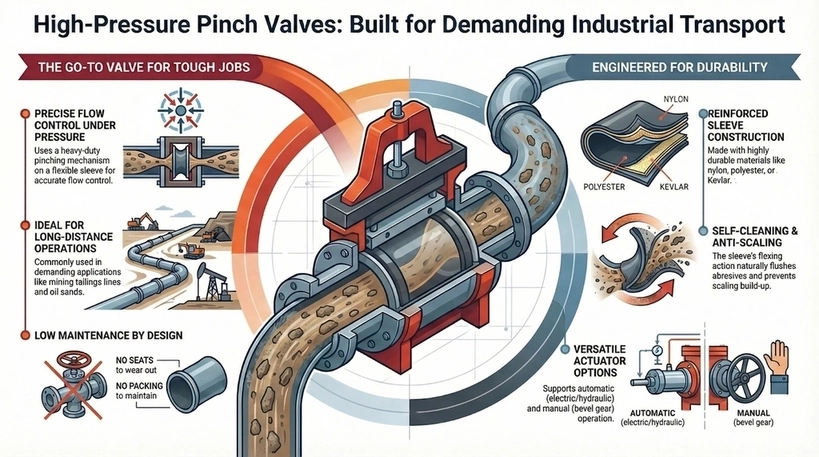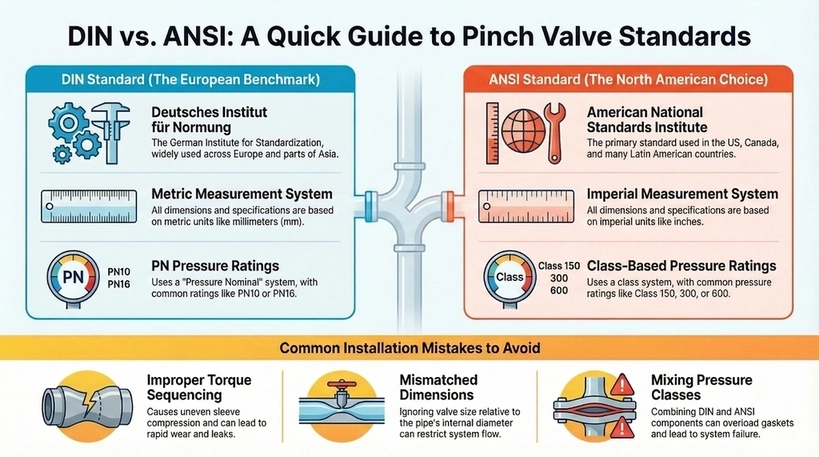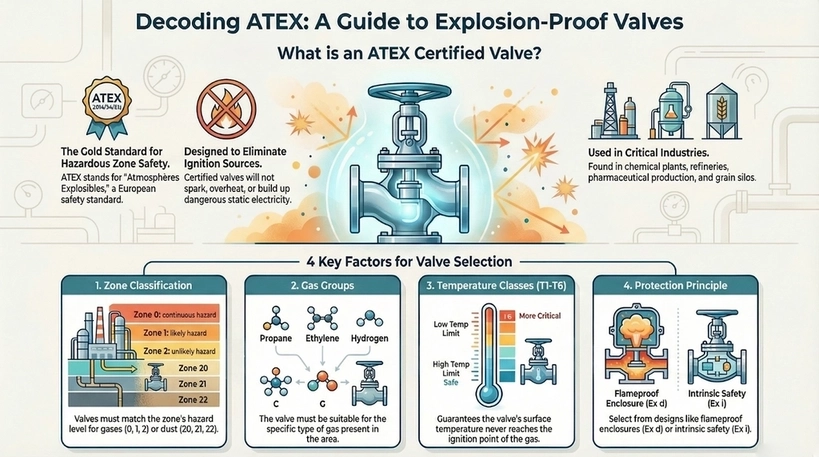

Fluorine Lined Check Valves is a type of valve to essentially control fluid flow while blocking backflow. With the fluorine lining, these valves are designed to withstand stronger chemicals like acids. This valve can be found almost everywhere — ranging from everyday applicational use to large scale operations. Continue on to find out more about Fluorine Lined Valves.

Usually valves are kept in an open position when unused. To close them, an external force has to be provided which then blocks fluid flow. But for check valves, it’s the opposite. These valves are normally closed. And then a force is applied which opens the valve. Other check valves can also work on the concept of differential pressure. A higher inlet pressure mixed with lower outlet pressure allows fluid flow.
PFA lined check valves work exactly the same way. The only difference is a layer of PTFE/fluorine which is added to the valves. In turn, this gives the valve added corrosion resistance. And so PTFE lined swing check valves are also termed chemical process valves.
PFA lined check valves are designed to allow unidirectional fluid flow. This allows for backflow prevention. But how? Most check valves open due to higher pressures at the inlet as compared to pressures at the outlet. During backflow, this balance is shifted. And as a result, pressure at the outlet exceeds pressure at the inlet. This forces the check valves to automatically close any time this happens.
Spring check valves/Piston check valves follow the same functionality as mentioned above. Spring valves are closed using a disc which opens/closes with the help of a spring. Once pressure at the inlet increases, it generates a force on the disc that’s blocking flow. This pushes the disc, in turn pushing the spring which opens the valve and allows flow. Once pressure lowers, the spring moves to the starting position and blocks flow.
PTFE Lined Swing Check Valves are closed with a flapping disc. Increased pressure at the inlet ‘swings’ the flapper open, allowing fluid flow. Once pressure decreases at the inlet, the flapper moves back to its original spot and blocks fluid flow.
With ball check valves, the only difference is that the disc which closes the valve is now replaced with a ball. Ball check valves can either include a ball which is left freely or attached to a spring. Again, as pressure rises at the inlet, it forces the ball out of position and allows fluid flow. Lowering inlet pressure allows the ball to move back and close the opening, blocking fluid flow.
Fluorine Lined Valves have the following added benefits to check valves:
PFA lined check valves are found in these applications:
Corrosion resistant check valves are PFA lined check valves found in high purity fluid systems. These check valves are lined with a layer of PFA/PTFE which increases resistance to chemical solutions.
Fluorine lined check valves prevent backflow by automatically closing when pressures change. Fluid flows through PFA lined check valves when inlet pressure is greater than outlet pressure. If this is reversed, the check valves will automatically close.
Resources:
Backflow Preventer vs. Check Valve: What’s the Difference? (qrfs.com)
Check Valve – Working Principle | Tameson.com
What is a fluorine-lined valve? How to extend the service life of it? (tanghaivalve.com)

High pressure pinch valves, like PN16 pinch valve and class 150 pinch valve designs, involve a rugged and heavy-duty pinching mechanism in positioning the sleeve, resulting in an almost accurate and measurable flow of media. This kind of valve is popular and commonly used for long distance operations in mining tailings lines or oil sands, […]

Understanding pinch valve dimensions and flanges ensures seamless integration into piping systems, particularly when choosing between DIN vs ANSI. The two are different but commonly used standards by organizations in engineering, manufacturing, and product design. DIN was developed in Germany but widely adopted across Europe and parts of Asia. Meanwhile, ANSI standards, which originate from […]

Selecting the appropriate explosion proof valve is essential for safety in industries that pose explosion risks. ATEX certified valves guarantee compliance with European standards, preventing ignition sources from heat, sparks, or static electricity. This blog explores key factors for choosing ATEX certified explosion proof valves that ensure overall operational safety, highlighting the entailed regulations and […]

When handling abrasive or viscous media in industrial processes, the type of valve used can heavily affect the performance, efficiency, and overall user experience. In relation to this, two of the most common valve options are pinch and diaphragm valves. In this blog, we delve into the pinch valve vs diaphragm valve discussion, analyzing flow […]



